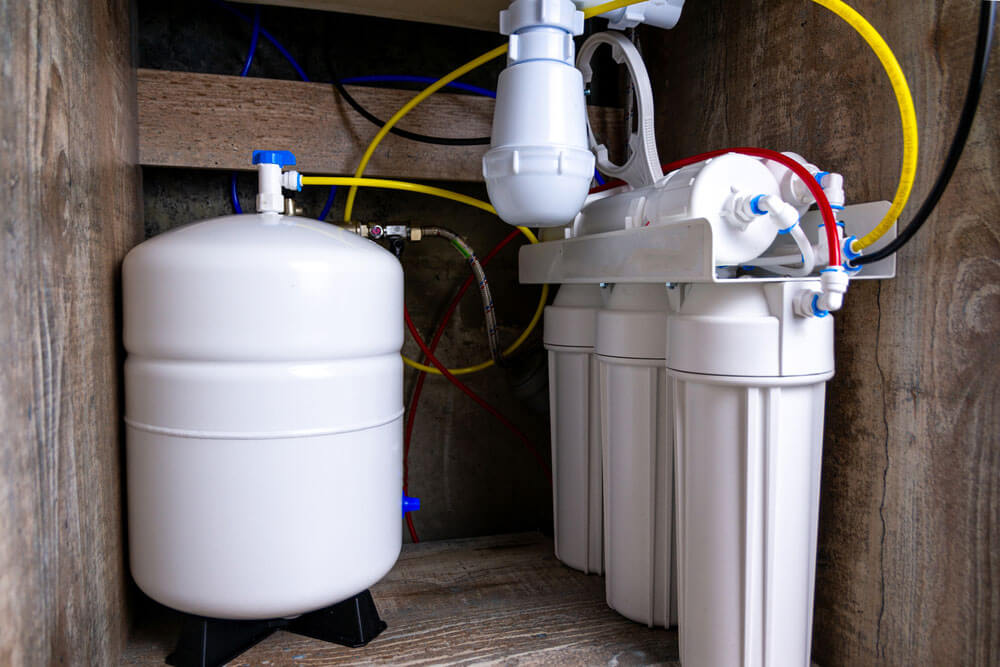Best 85 Top Grade PSL Water Guy Near Me

Water Softener Installation, Reverse Osmosis, and Water Purification
Installing a Water Softener is a essential process for households dealing with water hardness. Water hardness, marked by elevated mineral content, primarily calcium ions and magnesium ions, can result in several issues, such as scaling in plumbing and appliances, decreasing their efficiency and lifetime. Setting up a water softener can effectively tackle this problem. These units operate by replacing the calcium and magnesium ions in the water with sodium, thereby softening the water. While the installation process, which includes connecting the water softener to your home's water main line, might seem straightforward, it is advised to engage a professional to make sure safe installation and correct installation.
On the other hand, Reverse Osmosis and Treating Water are crucial to cleaning water and making it safe for consumption for consumption. Reverse Osmosis is a method that cleans water by forcing it through semi-permeable filter under high pressure, effectively removing up to 99% of harmful substances, like salts in water, bacteria in water, and pyrogens in water. Water treatment, a broader term, includes several methods like disinfection, filtration, and distillation, each with its individual benefits. The choice of method is based on the particular needs of of the water source and its intended use, emphasizing the importance of of regular water testing of water quality.
Beginning
In today's world, the importance of clean, secure, and soft water can not be overstated. This write-up will discuss three crucial aspects of water filtration: Water Softener Installation, Reverse Osmosis, and Water Purification.
Water Softener Setup
Water softening systems are essential for households with hard water. Hard water contains high levels of mineral content like calcium and magnesium, which can cause scaling in pipelines and appliances, reducing their efficiency and life expectancy.
Setting up a water softener is a sensible solution to this problem. A water softener works by replacing the calcium and magnesium ions in hardened water with sodium, effectively softening the water. The setup procedure entails linking the water softener to your house's water supply. It's advised to employ a professional for the installation to ensure it's performed correctly and securely.
Reverse Osmosis
Reverse Osmosis is another popular methodology for purifying water. It functions by forcing water through a semi-permeable membrane membrane under pressure. This process eliminates up to 99% of dissolved salts in water, particles, organics, bacteria in water, and pyrogens in water from the water, rendering it safe for consumption.
RO systems are commonly utilized in both of residential and business situations. They are fairly easy to install and keep, offering a reliable source of purified water.
Water Treatment
Water treatment is a broad phrase that encompasses numerous techniques utilized to render water safer for human consumption. Apart from water softening and RO, other usual water treatment methods incorporate disinfection (using chlorine or UV light treatment), filtration, and distillation.
Each technique has its advantages and is utilized depending on the certain needs of the water source and its intended usage. Frequent testing of water quality is vital to ascertain the most suitable treatment method.
Wrap-up
In wrap-up, water softener installation, reverse osmosis, and water purification are all crucial elements of guaranteeing access to cleaned, safe to use, water. By understanding these procedures, we can make well-informed choices about our water usage and treatment, contributing to healthier lifestyles and a more healthy earth.
Comments
Post a Comment